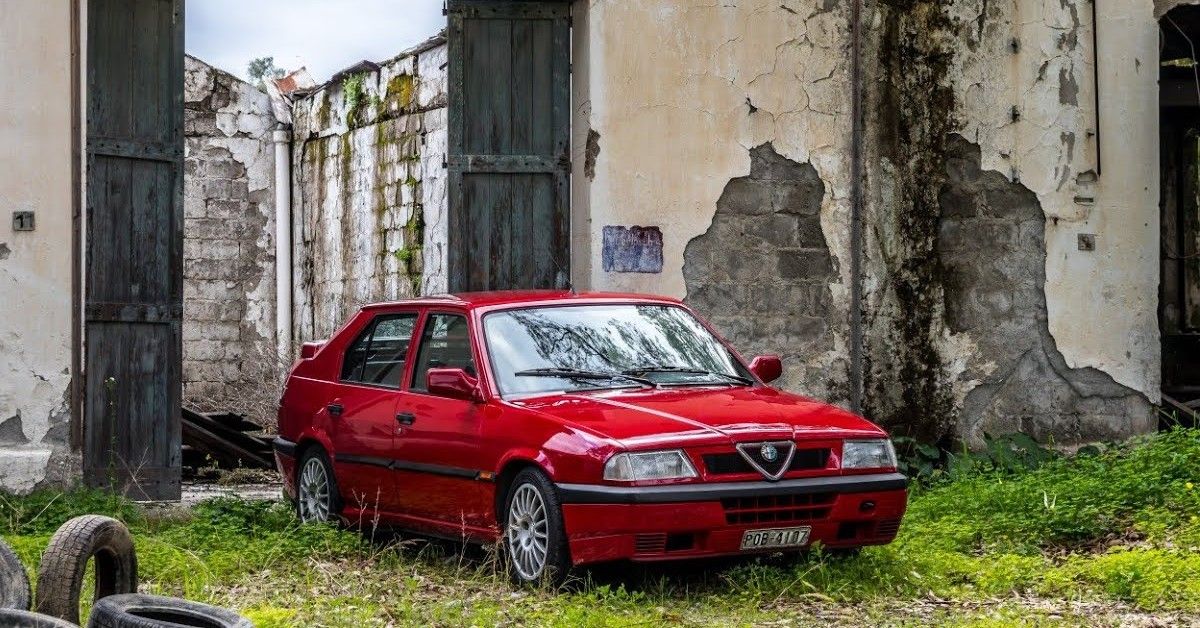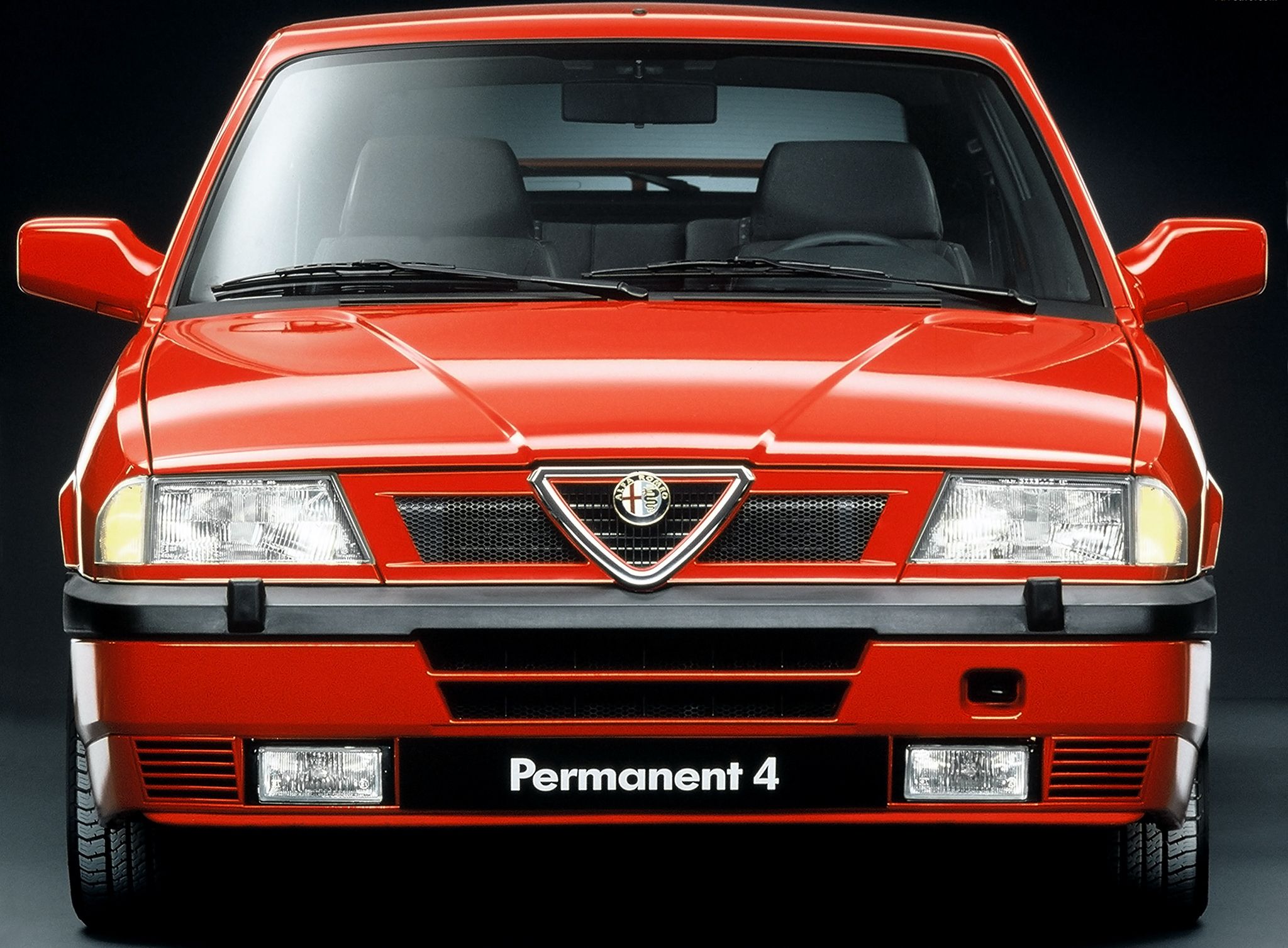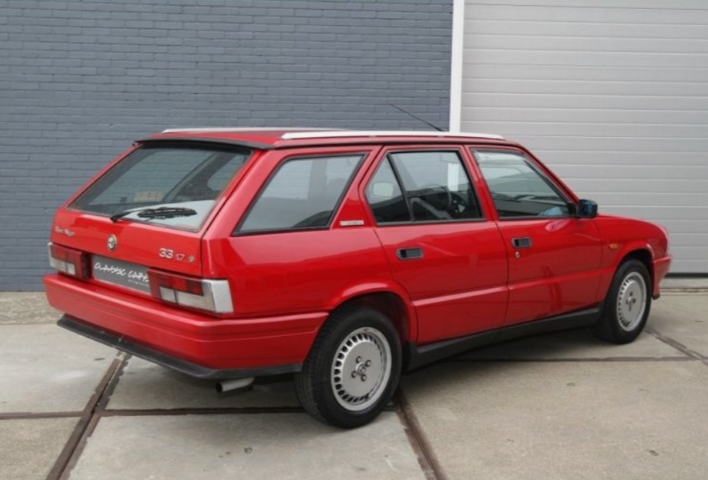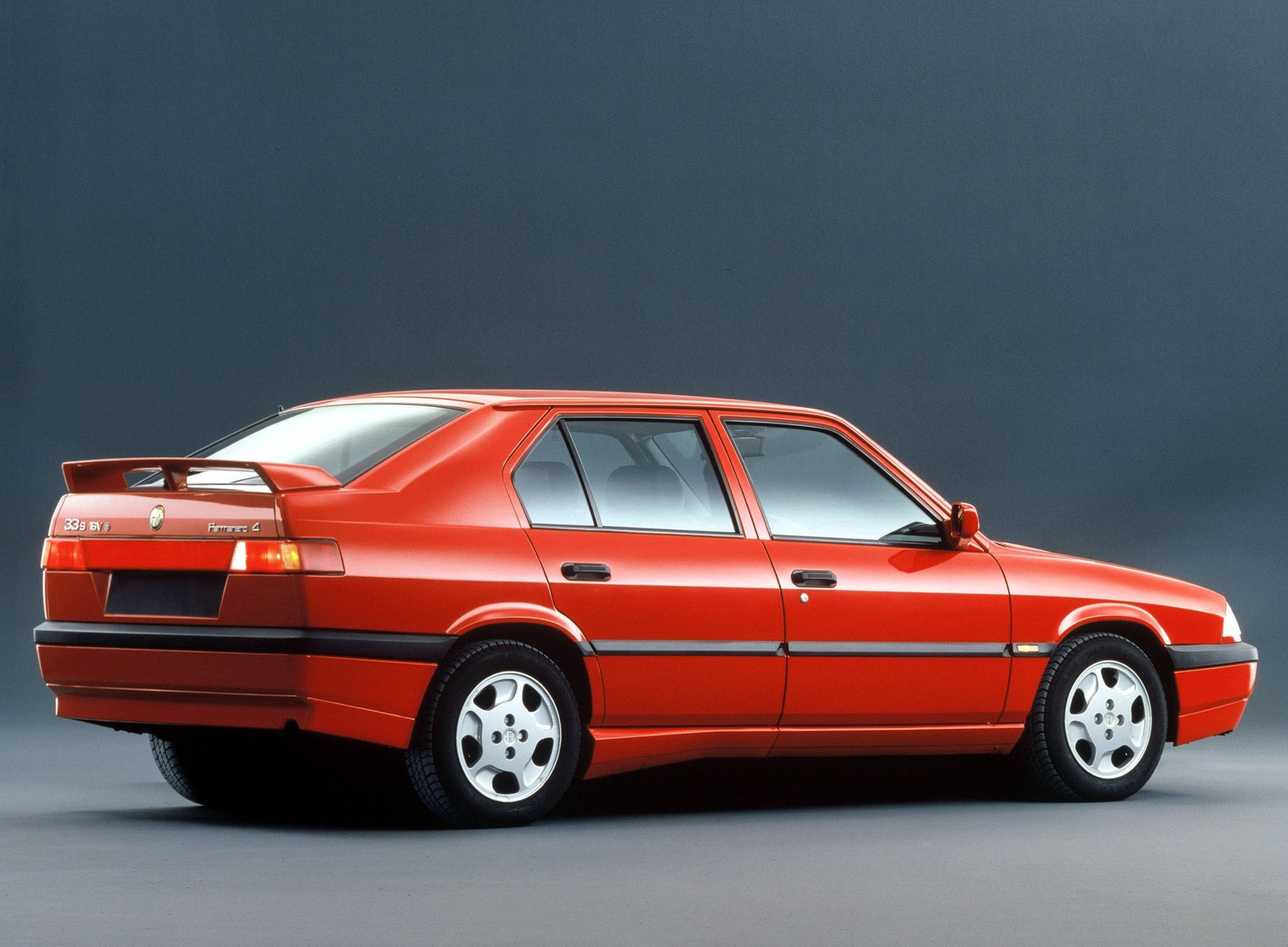By the early 80s Alfa Romeo were in need of a replacement for their popular, yet rust prone Alfasud economy car.
They made the decision to replace it with two different models, the first was aimed at the more budget conscious buyer, and that came in the form of the Arna. That was a collaboration with Nissan, essentially packing the worst from both brands into one spectacularly awful model. The other was the 33, not to be confused with the 33 Stradale from the 60s, but was effectively their answer to the VW Golf.
It is almost always overlooked because it is, for the most part, just another economy car. But it isn’t, it is a real Alfa, engineered by Alfa Romeo before Fiat came into the picture. It was an incredibly affordable entry point into the wonderful world of Italian cars.
Alfa Romeo Boxer Engines
From an engineering standpoint the very best part of the Alfasud, the engine, was carried over to the more modern looking 33.
Although the design may have been aging by then, it received enough tweaks along the way to still make it relevant and could easily keep up with the competition from an efficiency and performance standpoint. Unfortunately, as much as the engines had proven to be effective they were still vulnerable to timing belt failure, so for anyone wanting to buy one of these models, it is a critical part to replace no matter how new it may look.
Special Versions
Although these were very much economy cars there are still a couple totally unique versions that are well worth paying a little extra for.
Of the first series cars the Giardinetta/Estate/Sportwagon has to be the best looking, and there is a very good reason for this; it was designed and built by Pininfarina. Both the wagon and hatchback got 4x4 derivatives, and they too were assembled by Pininfarina, which ostensibly meant they came with superior build quality. Initially the 33 was sold alongside the Alfasud Sprint/T.I. and as a result didn’t get the more powerful fuel injected 1.7 liter engine, so up until the mid 80s even the sporty versions of the 33 had to make do with the 1.5 liter boxer.
With its facelift in 1986 it also finally got access to those engines, but more was still to come. When the 33 entered its second series it got its first truly hot version, with the Sprint now out of production the Permanent 4 (later renamed Q4) took over as the performance model. It was making as much as 130 horsepower sent to all four wheels and is one of the last authentic Alfa Romeo cars to be produced.
Innovative But Flawed Little Alfa
Much like its predecessor it was plagued with rust issues, the series one cars were particularly bad, and you will be hard-pressed to find one without rust today.
By the early 90s, with the help of Fiat (deeply ironic) they started galvanizing the frames of all their cars, which meant they no longer dissolved quite as fast. That wasn’t their only issue though, the 33 was built on a budget and as much as they might look more modern than the Alfasud, the technology was indeed scaled back in some areas, all in the name of saving some Lira. The famous Alfa inbound disc brakes were substituted with regular discs up front and the rear discs were substituted for good old-fashioned drums. Updated electronics just meant newer, more complex electrical gremlins, but reliability was never really their selling point anyway.
Even so, they are still fun cars and truly deserve more credit than they get, if you are in the market for one, opt for something made between 1992 and 1995, in this case newer most certainly is better.




